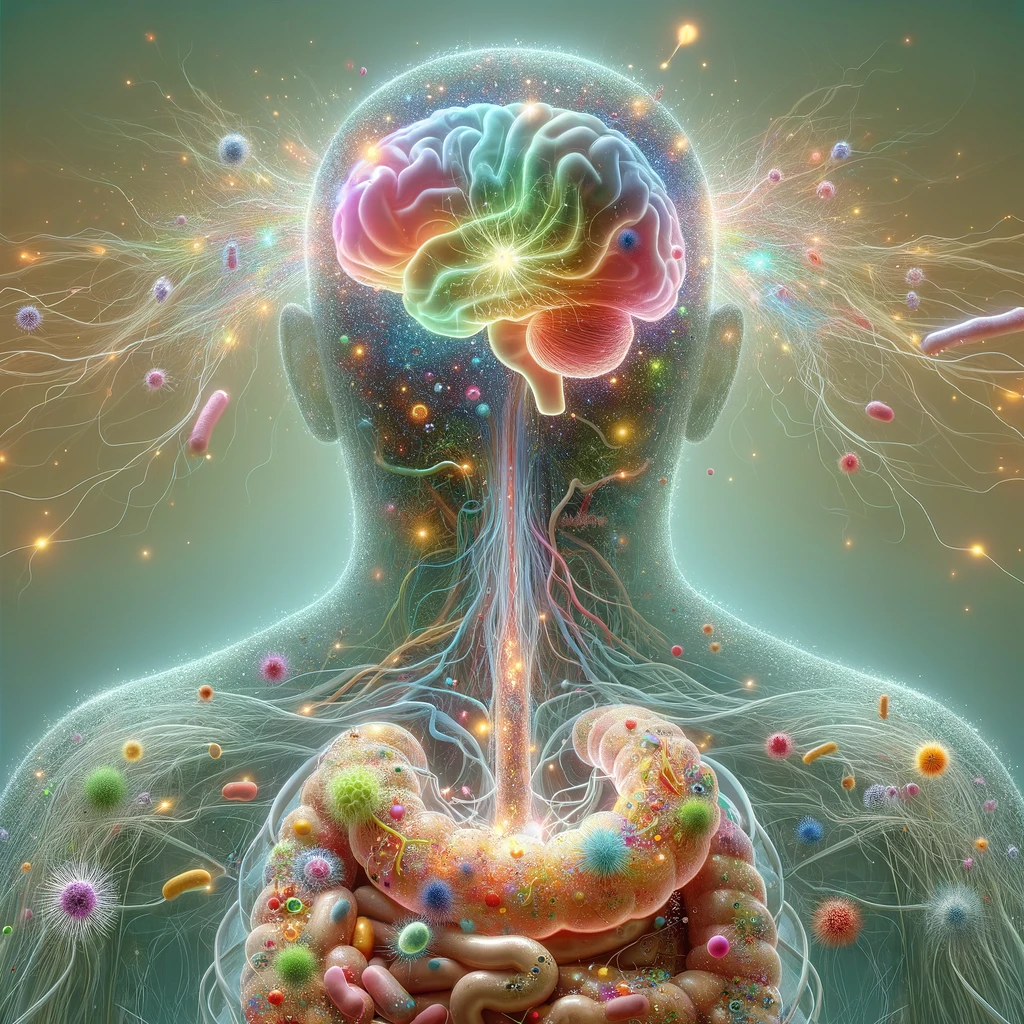Exposure to a social stressor alters the structure of the intestinal microbiota: Implications for stressor-induced immunomodulation
Bailey et al. (2011) acknowledges that there are studies already that have demonstrated the influential role of stressor exposures in the stability of microbiota and that they predispose bacterial translocation, but the biological importance of this was not well understood. This animal-model study on mice aimed to determine whether the microbiome contributes to stressor-induced immunoenhancement, by exposing the mice to a social stressor called social disruption (SDR) and characterizing the bacterial populations in the cecum using bacterial tag-encoded FLX amplicon pyrosequencing. SDR is known to increase circulating cytokines and to prime the innate immune system for enhanced reactivity. The stressor exposure significantly changed the community structure of the microbiota, especially immediately after the exposure. The relative abundance of bacteria in the genus Bacteroides decreased while the relative abundance of bacteria in the genus Clostridium rose upon stressor exposure. In addition, elevated levels of IL-6 and MCP-1 were observed, which were significantly correlated with stressor-induced changes to three bacterial genera (i.e., Coprococcus, Pseudobutyrivibrio, and Dorea). Finally, to determine whether reducing the microbiota would block the stress-induced rise in circulating cytokines, the mice were treated with an antibiotic cocktail before exposure to SDR. The concentrations of IL-6 and MCP-1 did not increase in the antibiotic treated mice, suggesting that the microbiota are necessary for these stress-induced increases in circulating cytokines to occur. Additionally, the results showed that exposure to SDR significantly affects bacterial populations in the intestines. [NPID: microbiome, gut-brain axis, gut microbiota, gut bacteria, gastrointestinal tract, digestion, social stress, immunity, Coprococcus, Pseudobutyrivibrio, Dorea, cytokines]
Year: 2011
 Navigation
Navigation






